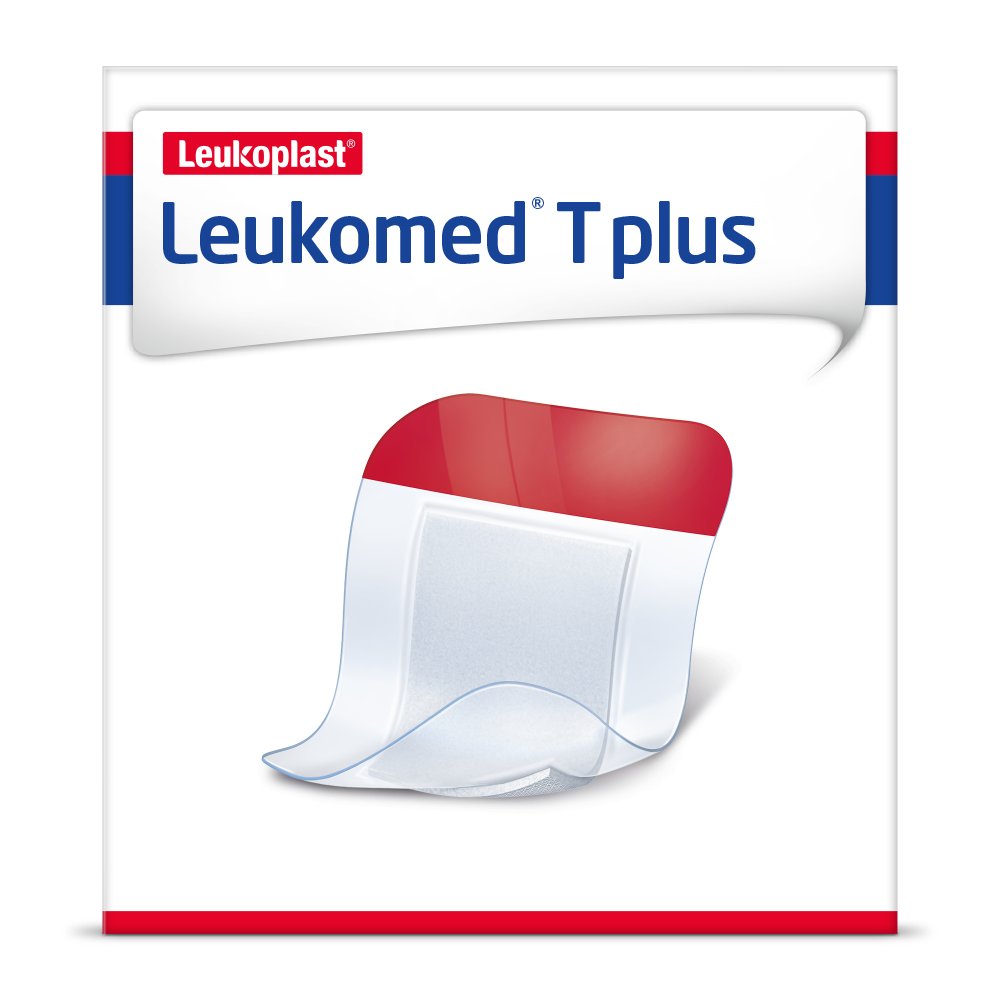Prevention of wound infection
Open wounds – especially large or deep ones – are a gateway for various types of germs like bacteria or fungi that can enter the wound and impede the healing process.
Open wounds – especially large or deep ones – are a gateway for various types of germs like bacteria or fungi that can enter the wound and impede the healing process.
For the prevention of wound infection, it is important to maintain a clean and hygienic environment: clean the wound and the area around it, use sterile dressings to protect the wound. 1
Leukoplast offers a dressing with a bacteria-binding wound pad that can remove germs from the wound with each dressing change.
If any of these signs are present or your wound is not healing you should contact your healthcare professional.
Many common wounds can be dealt with at home. But when should a doctor be consulted? Scroll down for more information!

Skin-friendly sterile film dressing with wound pad for small to medium-sized wounds.